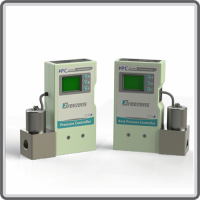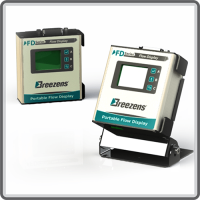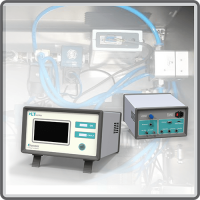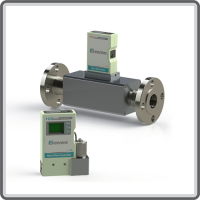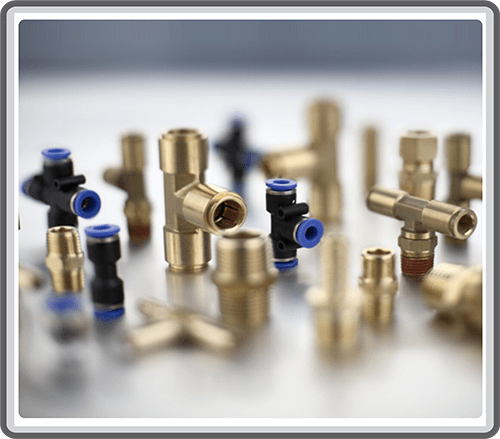Application of Mass Flow Controllers in Vacuum Coating
- Optics: Used in the production of optical components like mirrors, lenses, and filters, enhancing their reflectivity, transmission, and durability.
- Electronics: Employed in manufacturing electronic devices such as semiconductors, Integrated Circuits (ICs), and Printed Circuit Boards (PCBs), assisting in depositing conductive or insulating layers for electrical performance.
- Automotive Industry: Utilized for decorative purposes, creating metallic coatings on automotive parts such as wheels, trims, and emblems.
- Packaging Industry: Applied to create barrier coatings on packaging materials like plastic films or glass bottles, protecting products from moisture, oxygen, and external factors.
- Solar Energy: Plays a crucial role in solar panel production by depositing anti-reflective coatings, increasing light absorption and overall efficiency.
- Aerospace: Applied in aerospace applications to enhance the performance and durability of components exposed to extreme conditions like high temperatures or corrosive environments.
- Medical Devices: Utilized in the manufacture of medical equipment to create biocompatible coatings, reducing friction, improving wear resistance, or preventing bacterial growth on surfaces.
- Cutting Tools: Tools with vacuum-deposited coatings exhibit improved hardness, wear resistance, and smoothness, widely employed in machining, metalworking, and woodworking.
- Decorative Applications: Employed to create decorative coatings on objects like jewelry, watches, eyewear, and household items, adding a metallic or decorative finish.
- Anti-Corrosion Coatings: Deployed to deposit protective coatings on metal surfaces, preventing corrosion and extending their lifespan in harsh environments.
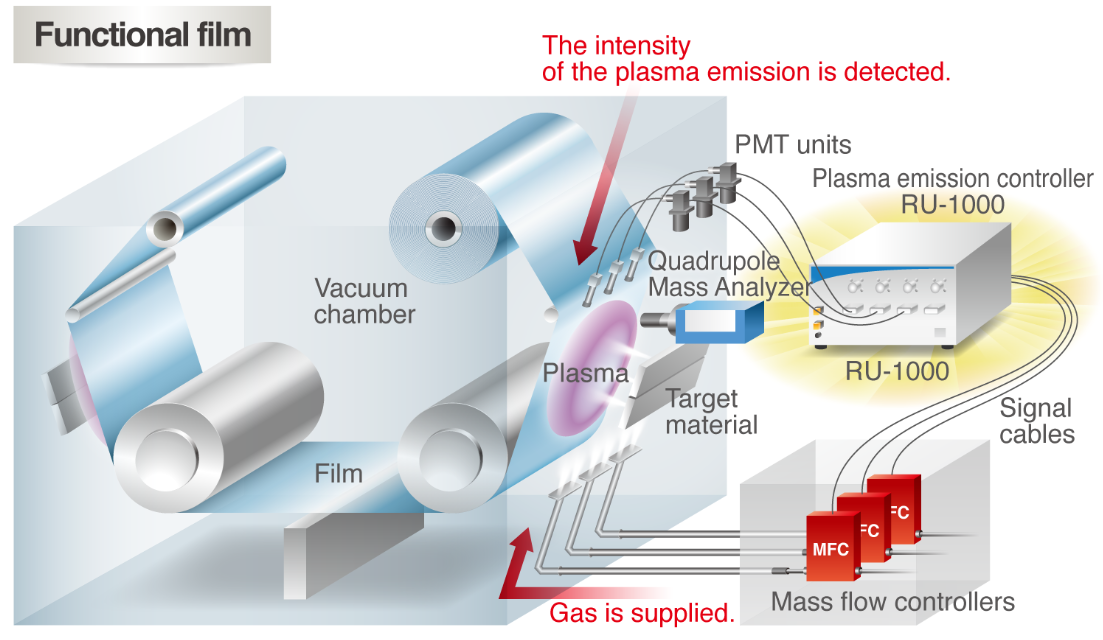

Application of Mass Flow Controllers
1. Precise Gas Flow Control: Vacuum deposition processes often require the introduction of specific gases or gas mixtures at precise flow rates. MFCs facilitate precise control of gas flows, guaranteeing the accurate delivery of the requisite amount of reactants to the deposition chamber. This level of precision is crucial for achieving the desired film properties.
2. Film Composition: MFCs are used to control the flow rates of precursor gases in processes like Chemical Vapor Deposition (CVD). By precisely regulating the flow of each gas component, MFCs enable the formation of thin films with precise compositions. It is essential for achieving desired material properties and performance characteristics.
3. Process Stability: Maintaining a stable and consistent gas flow is vital in vacuum deposition processes to avoid variations in film thickness and quality. MFCs help maintain process stability by compensating for changes in pressure, temperature, or other environmental factors that can affect gas flow rates.
4. Reactive Gases: Some vacuum deposition processes involve highly reactive gases that can be hazardous if not controlled properly. MFCs provide a safe and reliable means of handling these gases. This allows for precise control while minimizing the risk of accidents.
5. Automation and Recipe Control: In advanced vacuum deposition systems, MFCs can be integrated into automation and control systems. This enables the creation of deposition recipes with specific gas flow profiles. It makes it easier to reproduce processes with consistent results.
6. Research and Development: MFCs are invaluable tools in research and development efforts related to vacuum deposition. Scientists and engineers use them to explore new materials, optimize processes, and conduct experiments that require precise control over gas flows.
7. Customization: MFCs come in diverse models and configurations, empowering users to choose the controller that suits their specific vacuum deposition application. This flexibility ensures that MFCs can be customized to meet the distinct requirements of various processes.
In summary, Mass Flow Controllers (MFCs) play a vital role in vacuum coating systems, providing precise control over gas flows. This contribution enhances the quality, reproducibility, and safety of thin film deposition processes. Moreover, their applications span across diverse industries, encompassing electronics, optics, aerospace, and materials science.

